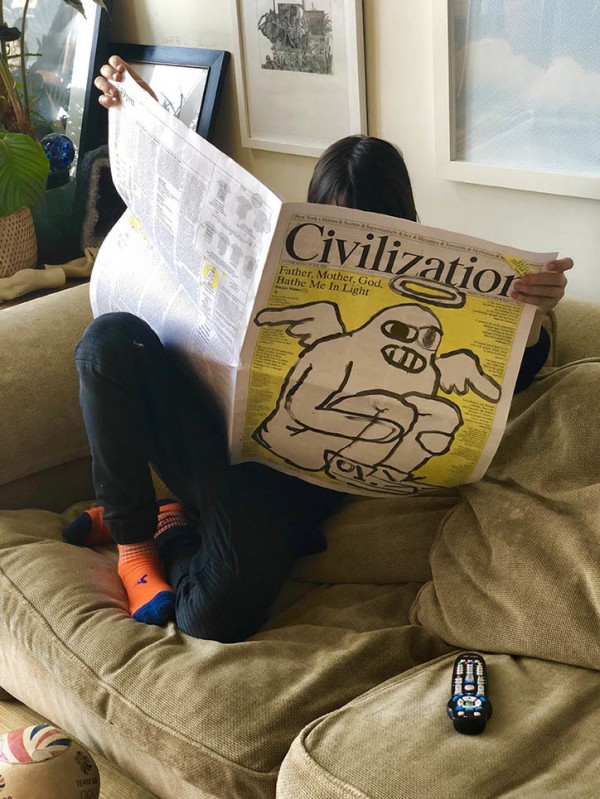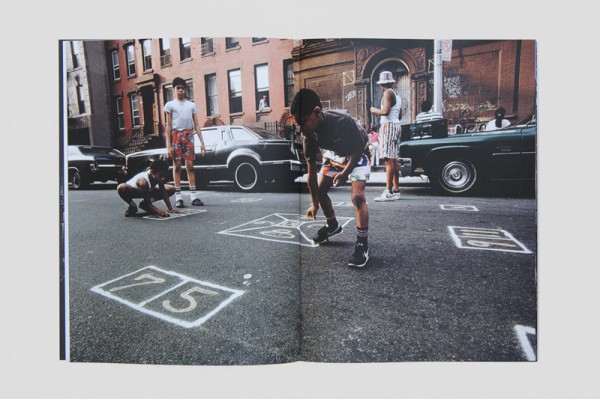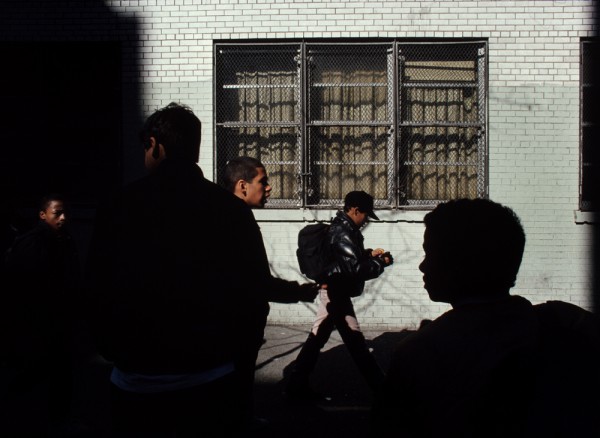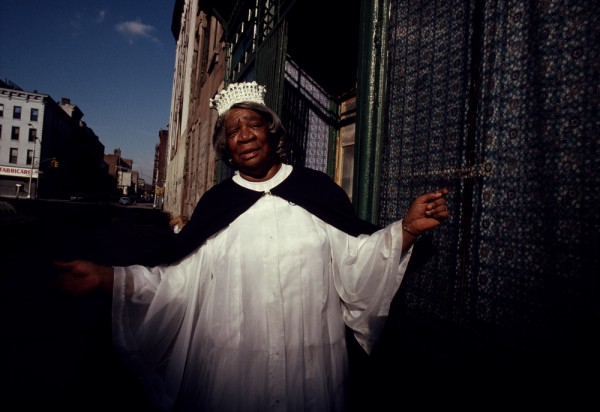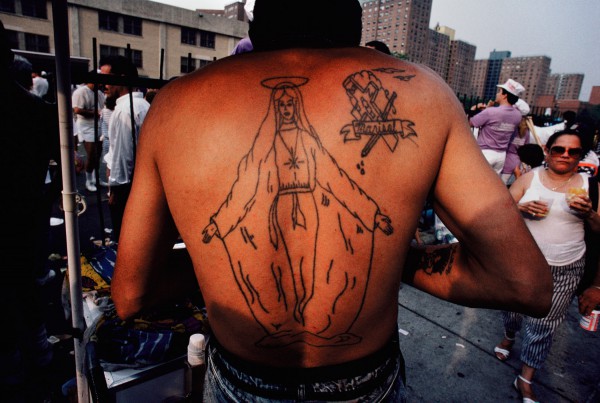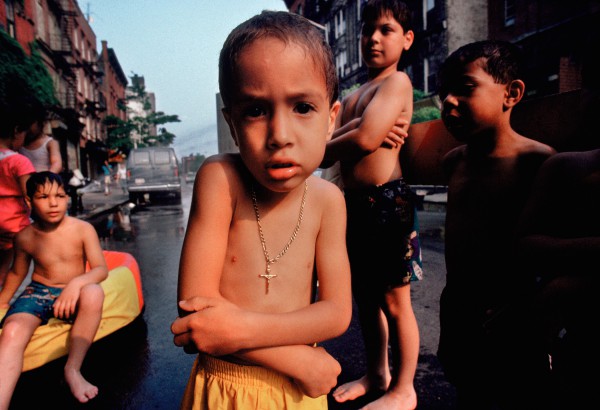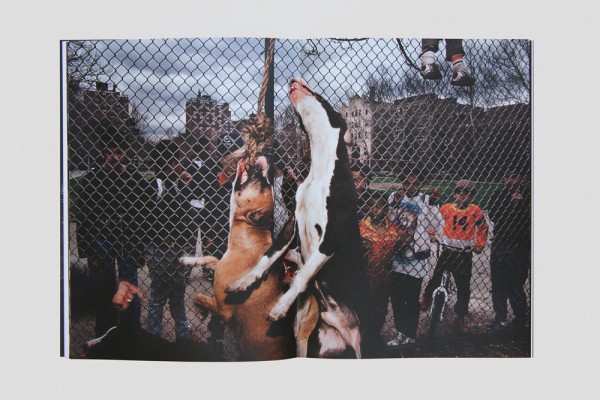
Richard Price on Harlem, the setting for his next novel, and gentrification – excerpted from our new issue mono.kultur #45.
What’s your view on Harlem during the past ten years you have been living here? As with the Lower East Side, you are writing about Harlem at a time when it is undergoing a rapid transformation.
One of the detectives in the 32, the Harlem precinct, told me that the two greatest crime-fighters in this city are sheetrock and cranes. You have people living in Harlem all their lives, multi-generational, and all this new construction, all these new businesses—it’s not for them. Every time they see trees being planted, it’s not for them. It’s for the people who are coming. And they’ll be white, for the most part.
Michael Greenberg in the New York Review did interviews with a lot of tenants in Crown Heights, Brownsville, and East New York as the developers have been pouring in. And one woman who was getting forced out of her apartment on Schenectady Avenue told him, ‘We watched over this street, we cleaned it up. Why should we have to leave?’
In what city can you not give voice to that sentiment? There are homeowners who moved to Harlem at the worst of times, a black couple, say: their children are grown, they’re in retirement, and they live in a brownstone, yes—but they were here in the crack days. They were here in the heroin ‘70s. They were here through all of it and they held fast. And now they’re older, their children are gone, and they have less income. They might have bought that turn of the century brownstone for $30,000 in 1968 but now they can’t afford any more infrastructure repairs, so it’s probably in bad shape. Then someone knocks on your door and offers you a million bucks.
The buyers are mainly interested in the land rights so they’ll probably tear that place down—but how could you say no? The thing is, are they going to live in New York? Nope. They’re going to go back down south, because whatever they pay you to buy your place, that’s how much you have to get another. So everybody’s going back to Carolina. Virginia. Maryland. Harlem was enough of a moonscape during the very bad years, but these people kept it from being a complete moonscape. These are the people who kept churches in business and went to work every day. They were the stabilizers in a troubled, chaotic time. But real estate wants what it wants and that’s that.
Nobody I know who was living on the Lower East Side in 2005 could afford to live in it now. It was still a microclimate then. Starting in the 1970s, you had young people coming into a funky neighborhood because they’re young and want adventure in their life. They want to feel like they’re having an experience. They’re creative. And they enjoy the frisson of living in a down at the heels community. To walk down Orchard Street or Ludlow Street in 2003 or 2004 was really different; it was exciting because of the mix and match. Then when real estate people come in, they smell the espresso and it all goes to hell.
Original photography by Joseph Rodriguez




